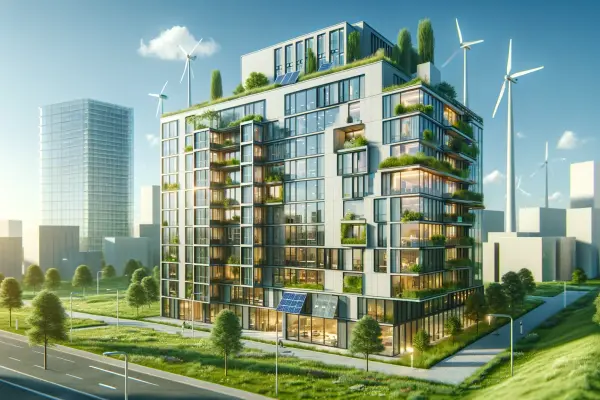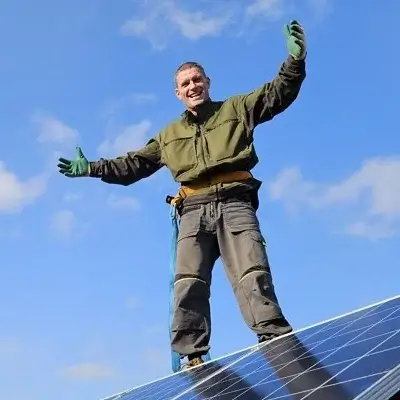Modern energy efficiency standards for buildings are fundamentally transforming the construction industry. In 2025, the energy efficiency of new buildings has become the top priority for developers worldwide. Energy efficiency requirements for construction are becoming stricter every year — in Europe alone, energy consumption standards have decreased by 40% over the past 5 years. The cost of building an energy-efficient house for a typical 150-200 m² cottage has increased by an average of $15,000-20,000, but it pays off through savings on utility bills within 7-12 years, depending on the region and energy tariffs.
Passive house energy efficiency is no longer a luxury but a standard. It’s not always easy to implement. But it’s effective. In my work with private clients, I notice a growing demand for building energy efficiency class A++ and above, which is linked to savings of up to $2,000 per year on utility bills.
“Investments in energy-efficient technologies pay off within 7-10 years, and savings on heating can reach 70% of initial costs,” note experts from the International Energy Agency.
Global Energy Efficiency Standards for Buildings
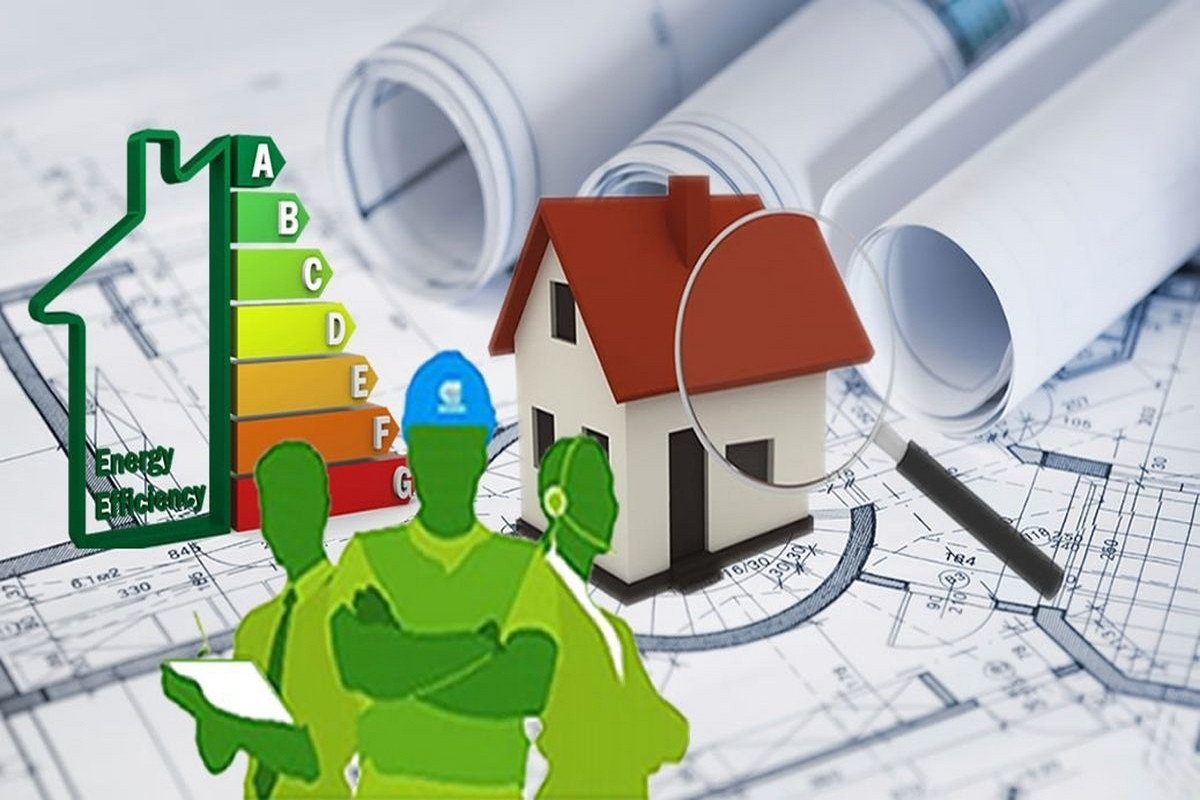
European Requirements and Classification
European energy efficiency standards set strict frameworks for new buildings. The EPBD Directive requires all new buildings to meet the “nearly zero-energy” standard since 2021. UN Standards promote a holistic approach to designing buildings as energy producers. It is known that energy efficiency classes A++, A+, A, and B have become mandatory for obtaining construction permits in most EU countries.
North American Standards
 In the USA and Canada, their own assessment systems are in place. LEED (Leadership in Energy and Environmental Design) evaluates buildings on a 100-point scale with levels ranging from Certified to Platinum. Energy Star for buildings requires 25% less energy consumption compared to standard counterparts.
In the USA and Canada, their own assessment systems are in place. LEED (Leadership in Energy and Environmental Design) evaluates buildings on a 100-point scale with levels ranging from Certified to Platinum. Energy Star for buildings requires 25% less energy consumption compared to standard counterparts.
The Canadian R-2000 standard sets stringent requirements. Airtightness must not exceed 1.5 air changes per hour at a pressure of 50 Pa. These systems complement European energy efficiency standards and create a global picture of sustainable construction. It should be noted that the North American approach is more focused on market-based mechanisms to incentivize the energy efficiency of new buildings.
Green construction energy saving involves revolutionary approaches. At one site last season, I saw how smart windows automatically adjust transparency — like a chameleon adapting to lighting. GOST energy efficiency standards for buildings in the European interpretation provide for a comprehensive assessment of all building systems.
The following table demonstrates the main energy efficiency classification adopted in international practice:
| Class | Consumption kWh/m²·year | Savings Compared to Class G | Application |
|---|---|---|---|
| A++ | Up to 15 | Up to 90% | Passive houses |
| A+ | 15-30 | 70-80% | Energy-efficient new builds |
| A | 30-50 | 60-70% | Modern buildings |
| B | 50-75 | 40-50% | Improved buildings |
| C | 75-110 | 20-30% | Standard buildings |
| D | 110-150 | 10-15% | Typical buildings |
| G | Over 250 | 0% | Old buildings |
This classification helps developers and buyers navigate the energy performance of real estate.
Passivhaus Standard
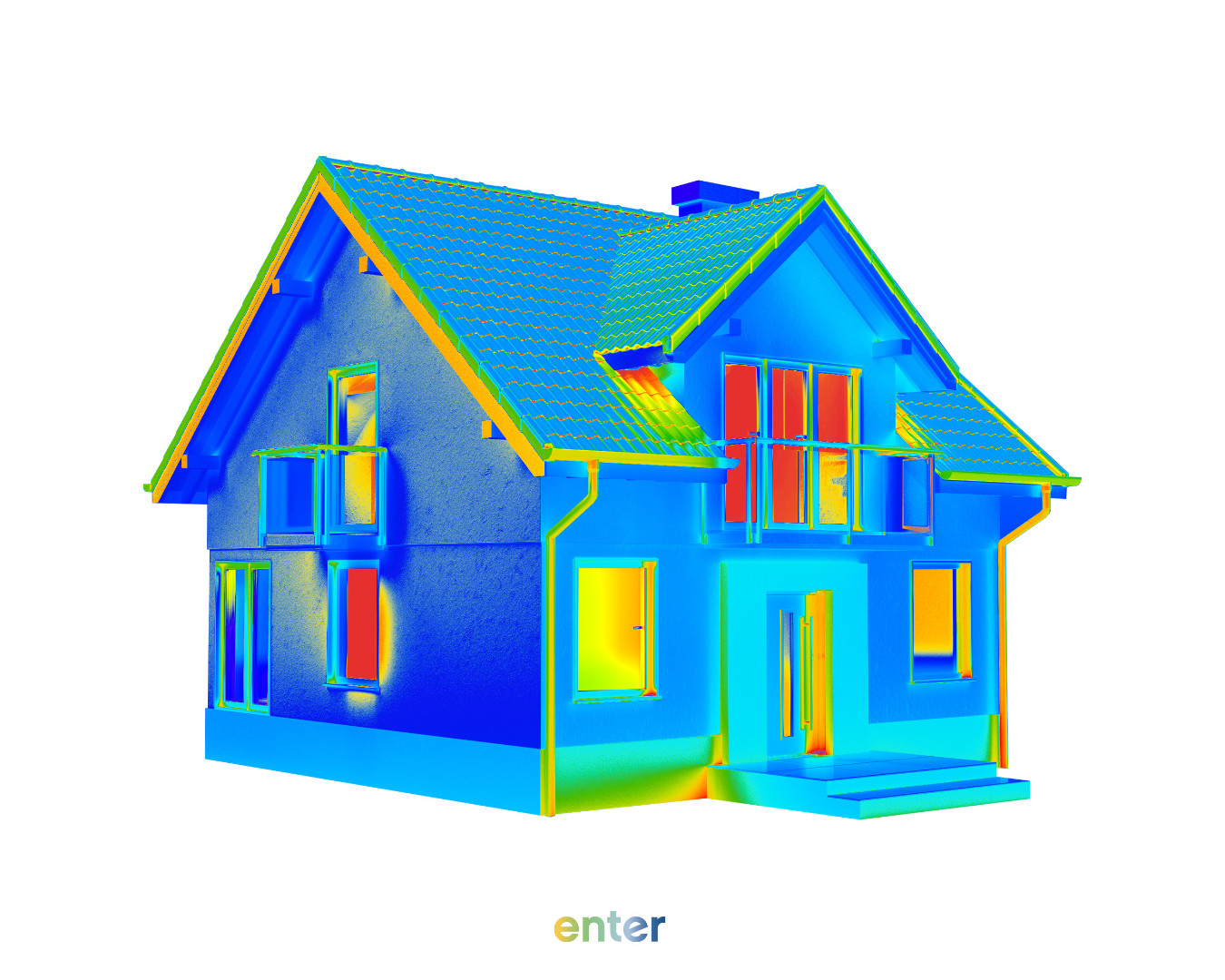 The Passivhaus standard remains the gold standard. Modern energy-saving technologies under this standard reduce energy consumption to 15 kWh/m² per year. Passive House Certification sets strict criteria for buildings, including the EnerPHit standard for retrofitting existing structures.
The Passivhaus standard remains the gold standard. Modern energy-saving technologies under this standard reduce energy consumption to 15 kWh/m² per year. Passive House Certification sets strict criteria for buildings, including the EnerPHit standard for retrofitting existing structures.
Thermal insulation of buildings here is perfected. Walls up to 40 cm thick with continuous insulation. The n50 coefficient (airtightness at a pressure difference of 50 Pa) must not exceed 0.6 air changes per hour. In one recent project in Austria, an indicator of 0.3 h⁻¹ was achieved — a result on par with Europe’s best passive houses!
Zero-Energy Buildings of the Future
Considering structural features, heat recovery ventilation in passive houses achieves 75-90% efficiency depending on the system type. High-efficiency building materials include vacuum glazing, aerogel insulation, and phase-change materials (PCMs, which store and release heat during phase transitions). Ordering a passive house project is now possible from certified architects in 35 countries worldwide.
“In our passive house in Austria, heating bills are only €120 per year for a 180 m² area. Initial costs were recouped in 8 years thanks to energy savings and government subsidies,” shares the Müller family, owners of a certified Passivhaus.
Practical Guide to Improving Energy Efficiency
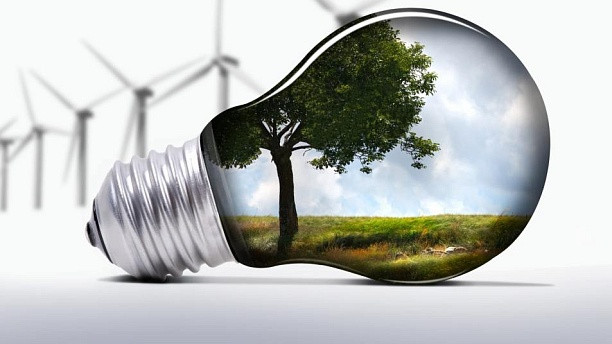
Step-by-Step Plan for Developers
Achieving high energy efficiency classes requires a systematic approach. The following steps will ensure maximum results:
- Pre-Design Analysis — assessing climate conditions, site orientation, and prevailing winds
- Energy Modeling — calculating heat losses using specialized software (PHPP, DesignBuilder)
- Selection of Optimal Technologies — prioritizing measures based on efficiency/cost ratio
- Quality Control — thermal imaging surveys and airtightness testing
- Certification — obtaining an energy passport and efficiency class
Which technologies provide the maximum effect at minimal cost? Practice shows the priority of investments.
Key Technologies and Materials
The energy efficiency of structures depends on a comprehensive approach to technology selection. Thermal insulation of enclosing structures includes modern materials with a thermal conductivity coefficient of 0.035-0.045 W/m·K for mainstream insulators (mineral wool, polystyrene), and down to 0.025 W/m·K for premium solutions. Eco-friendly building materials simultaneously ensure high energy-saving performance. Why is the correct installation sequence important? Violating technology can reduce insulation efficiency by 40%.
Smart building management systems have become a key factor in savings. In practice, I often notice that automated energy consumption regulation can reduce costs by 25-30% without sacrificing comfort. Energy consumption reduction technologies show excellent results in buildings with good insulation.
<h令>Smart Systems and Automation
BIM technologies (Building Information Modeling) enable energy consumption optimization at the design stage. Digital twins of buildings predict energy consumption with 75-85% accuracy when all systems are correctly modeled. IoT systems monitor temperature, humidity, and air quality 24/7. Thus, intelligent control systems are becoming an integral part of the energy efficiency of new buildings.
Key Principles of Energy-Efficient Design
Innovative energy-efficient solutions are based on fundamental principles that must be considered during the design phase:
- Building Form Compactness — minimizing the ratio of exterior wall area to building volume reduces heat losses by 20-30%
- Optimal Orientation — placing large windows on the southern side increases passive solar heating in winter
- Zonal Planning — placing living rooms on the sunny side and utility rooms on the northern side
- Elimination of Thermal Bridges — continuous insulation without gaps prevents heat loss by up to 15%
- Airtightness — building airtightness with an n50 coefficient ≤ 0.6 h⁻¹
These principles form the foundation of any energy-efficient project. Energy efficiency standards for buildings worldwide are based on these fundamental requirements.
Renewable Energy Sources
 Solar collectors and heat pumps for home heating are becoming standard. Geothermal heat pumps provide a coefficient of performance (COP) of up to 4.5. This means obtaining 4.5 kW of heat for every kilowatt of electricity consumed. The result? Real-time energy consumption optimization. Energy-saving triple-glazed windows reduce heat loss through openings by 30-40% compared to double glazing, and by 60-70% compared to single glazing.
Solar collectors and heat pumps for home heating are becoming standard. Geothermal heat pumps provide a coefficient of performance (COP) of up to 4.5. This means obtaining 4.5 kW of heat for every kilowatt of electricity consumed. The result? Real-time energy consumption optimization. Energy-saving triple-glazed windows reduce heat loss through openings by 30-40% compared to double glazing, and by 60-70% compared to single glazing.
Green construction standards involve the integration of all systems. Intelligent management coordinates the operation of heating, ventilation, lighting, and solar panels. Infrared heating energy saving is particularly effective in rooms with high ceilings, where traditional systems lose up to 30% of heat.
“Modern buildings should not only be energy-efficient but energy-independent. The goal is to create an ecosystem where a building produces more energy than it consumes,” emphasizes architect Michael Green, a specialist in sustainable construction.
Energy Efficiency Standards in Ukraine
Building thermal insulation standards in Ukraine have been adapted to European requirements since 2017. The building energy passport class has become a mandatory document for all new constructions over 250 m². It should be noted that Ukrainian standards have become 40% stricter compared to previous ones.
Ministry of Construction energy efficiency requirements include the mandatory use of windows with a heat transfer coefficient not exceeding 1.4 W/m²·K. In one recent project in Kyiv, class A+ was achieved thanks to a comprehensive approach to insulation and the installation of heat pumps. What has changed fundamentally? The design approach has become systematic rather than fragmented.
Ukrainian developers are actively adopting international practices. Additional costs amount to 15-20%, but they are recouped through utility bill savings. Next-generation insulation materials enable achieving building energy efficiency class A even on a limited budget.
Economic Aspects and Development Prospects
Low thermal conductivity materials have become more cost-effective thanks to government support programs. Initial investments in energy consumption reduction technologies add 8-12% to construction costs but are recouped within 5-10 years through energy savings, depending on the climate zone and local tariffs.
Statistics show impressive results. Class A++ buildings consume 10 times less energy compared to class G buildings. Savings for owners range from $1,500 to $3,000 per year, depending on building size and climate conditions. It is known that building energy efficiency standards will become stricter every 3-5 years until 2035, according to EU and other developed countries’ plans.
By 2030, the widespread adoption of the “zero-energy” standard for all new buildings is expected. Technologies are developing rapidly — self-healing materials, biodegradable insulation, and buildings capable of purifying air like living plants are emerging.
“The future lies in buildings that not only save energy but actively contribute to improving the environment. Imagine facades that absorb CO₂ and produce oxygen,” predicts architecture futurist Dr. Anna Heikkinen.
Conclusion
Building energy efficiency standards are undergoing revolutionary changes. Modern construction energy efficiency requirements have evolved from recommendations to mandatory norms in most developed countries. Building energy efficiency class A++ is becoming the new quality standard, not an exception.
Key conclusions are clear. Investments in energy-efficient technologies pay off within 7-12 years through reduced operating costs. Passive house energy efficiency provides 10-fold energy savings compared to outdated buildings. Building thermal insulation and modern energy-saving technologies create a synergistic effect, transforming buildings from energy consumers into energy producers.
What prospects await the industry? By 2030, the widespread adoption of the “zero-energy” standard is expected, and by 2035, buildings with a positive energy balance will emerge. Green construction energy saving will become the norm, not a privilege. The energy efficiency of new buildings will determine not only occupant comfort but also real estate market value.
The success of energy-efficient construction depends on a comprehensive approach: proper design, high-quality materials, modern engineering systems, and competent operation. Building energy efficiency standards are not limitations but opportunities to create a more comfortable, cost-effective, and environmentally friendly future.
